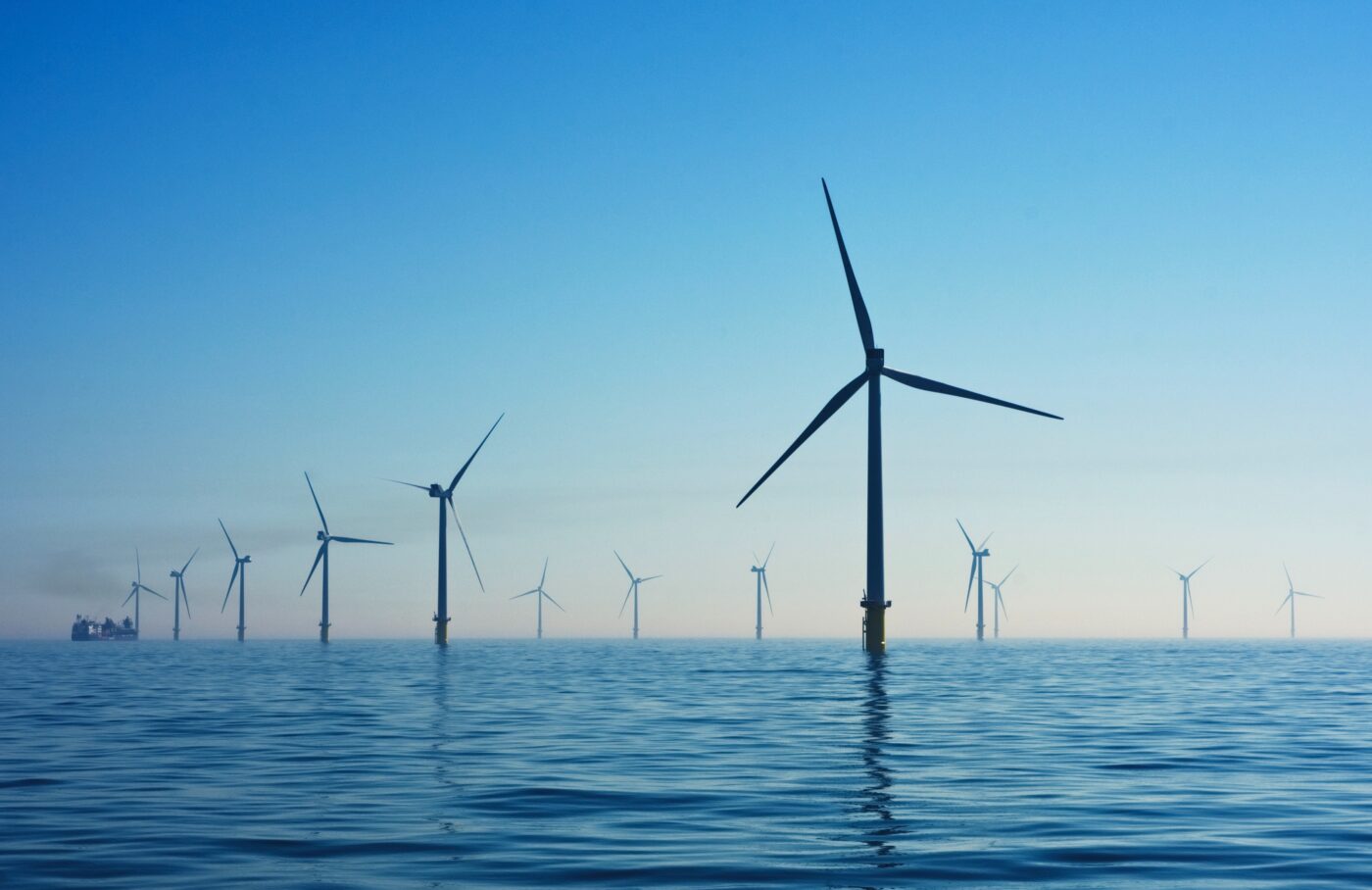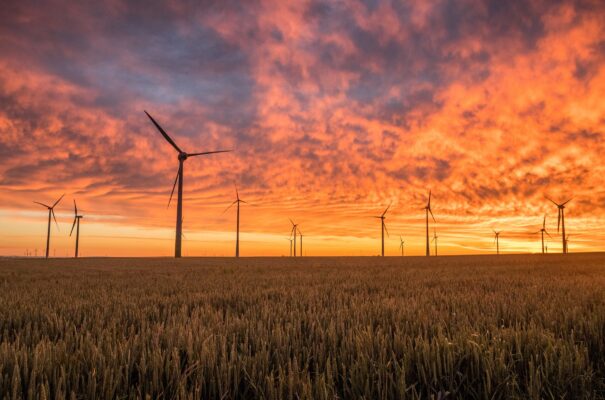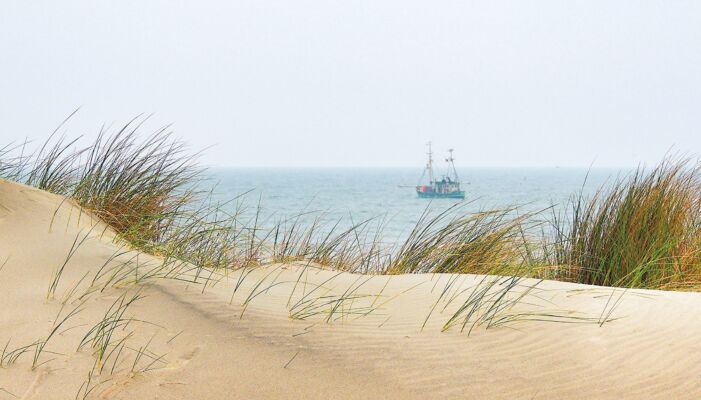Since the construction of the first modern wind farming facilities in the 1980s hailed a new era in decarbonized energy, wind power has been at the forefront of the transition from fossil fuels to renewables. Tracing an arc from these early days through the Kyoto Protocol in 1997 to the Paris Agreement of 2016, we can see that wind has played a seminal role in propagating a green economy. Ports, strategically located due to their access and proximity to both onshore and offshore sites, are central to this development.
How did we get here?
Historically, wind power production was limited to smaller turbines. As the renewable energy industry developed and wind farms entered the picture, power generation increased proportionally as components became mega-sized.
Manufacturing and transporting rotors, nacelles, towers, and substructures required areas with limited road transport and facilities with greater storage space and appropriate layouts. Since the earth is 70 percent water, the move to offshore was intuitive. Base port selection is the first major step in securing optimal locations for equipment.
Case Study: Spain
On the docks of Spain, the objectives of the port selection were clearly defined in real time and the characteristics of the ports and shipyards were studied for their offshore wind potential. The following characteristics were deemed considerable: Size and dimension; seabed suitability; proximity to offshore sites, suppliers, and roads; manufacturing areas; and potential for future expansion.
As the availability of storage space is a key factor in the selection of an installation port, engineers analyzed this integral property in the 28 Spanish ports and then ranked them from highest to lowest. The result is a map of optimal installation sites off the Spanish coast that will help Spain join Germany and the Netherlands in the offshore wind industry.
Benefits of ports in offshore wind farming
It’s no surprise that ports are essential for the installation and maintenance of turbines at sea. But they also benefit offshore wind in four ways.
First, ports are essential for the storage and transportation of all relevant equipment and components over land (import ports) or to other regions (export ports). Ports therefore support both onshore and offshore wind development.
Second, ports serve as sites for component assembly, handling, and manufacturing. Wind turbine manufacturers are increasingly turning to ports for the production of nacelles, blades, and towers, which are often too large to be transported over long distances by land.
Third, ports serve as important hubs in the supply chain. All the parts and components that go into building a wind turbine come in and out of the port.
Finally, ports serve as bases for service teams that support the operation and maintenance of onshore wind farms. These facilities are relatively simple in terms of layout and installation requirements, but they must be located reasonably close to the wind farm to ensure timely response.
Challenges ahead
Unfortunately, there are currently few incentives in place for the EU to back the use of ports for offshore wind farming. In fact, the transition from hydrocarbons to renewables is an industry liability, since ports are currently penalized if they handle fewer than 500,000 tons annually.
The body responsible for this metric is the Trans-European Transport Network (TEN-T), which has been subject to ongoing revision in its mission to deliver changes in line with the goals of the European Green Deal. However, due to its restrictive membership conditions, ensuring reliable, secure, and renewable offshore energy production is not included in the TENT-T criteria. The organization is being encouraged by EU lawmakers to amend its admissions policy by extending its criteria to include a demonstrated commitment to renewable energy.
What can we expect in the future?
As key logistics hubs, port infrastructure will need to be upgraded to accommodate the transportation and manufacturing of components. These improvements are in line with the TENT-T plan to modernize roads, waterways, and shipping routes in line with the European Green Deal.
With effective long-term legislation and dedicated funding, wind farm operators can finally achieve their sustainability goals. Further studies, such as the one conducted in Spain, should be carried out with the coordinated support of countries and maritime regions to assess the potential of new sites. In addition, TEN-T should consider updating its criteria to include both tonnage and contribution to renewable energy in its metric. Changing these criteria will help the EU achieve climate neutrality by 2050. These changes will cement the continued role of ports as key to the future of offshore wind.



